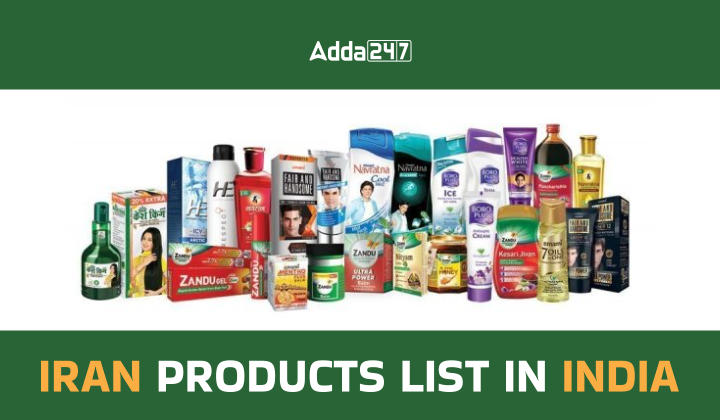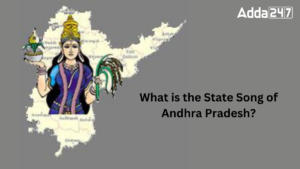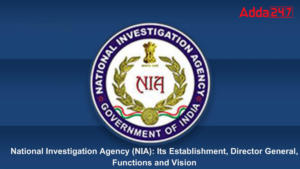Iran, a country rich in history, culture, and natural resources, has long been known for its exquisite products that span various industries. From delectable Persian rugs to fine saffron, Iran offers a treasure trove of goods that have found their way into markets around the world, including India. In recent years, the demand for Iranian products in India has been on the rise, driven by their quality, uniqueness, and cultural appeal. Let’s delve into the diverse array of Iranian products making their mark in the Indian market.
Trade Between Iran and India
In the fiscal year 2018-19, India and Iran witnessed a robust bilateral trade growth of 23.7%, peaking at US$17.03 billion, primarily fueled by mineral oil and fuel imports. However, the trend sharply reversed post May 2019 following the lapse of the US oil sanction waiver, plunging bilateral trade to US$4.77 billion in FY20. This decline has significantly impacted India’s exports to Iran, plummeting by 42% to US$2.2 billion in 2020. With exports further halving to US$100.20 million by January 2021, concerns over depleting rupee reserves and payment delays have exacerbated the trade challenges between the two nations.
Iran Products Imported to India
Iran’s exports to India encompass a diverse range of products, from organic chemicals to mineral fuels and edible fruits. This comprehensive list highlights the significant trade relationship between the two nations:
- Organic chemicals
- Mineral fuels, oils, distillation products
- Edible fruits, nuts, peel of citrus fruit, melons
- Miscellaneous chemical products
- Salt, sulphur, earth, stone, plaster, lime and cement
- Plastics
- Coffee, tea, mate and spices
- Fertilizers
- Lac, gums, resins
- Electrical, electronic equipment
- Milling products, malt, starches, inlin, wheat gluten
- Glass and glassware
- Inorganic chemicals, precious metal compound, isotope
- Oil seed, oleagic fruits, grain, seed, fruits
- Raw hides and skins (other than furskins) and leather
- Machinery, nuclear reactors, boilers
- Wool, animal hair, horsehair yarn and fabric
- Vegetable, fruit, nut food preparations
- Vehicles other than railway, tramway
- Live trees, plants, bulbs, roots, cut flowers
List of Products Exported from India to Iran
India’s exports to Iran encompass a diverse range of goods, from agricultural products like rice and sugar to industrial commodities such as machinery and chemicals. This comprehensive list underscores the significant trade partnership between the two nations:
- Semi/wholly milled rice
- Black tea
- Fertilizers
- Organic/inorganic/agro chemicals
- Machinery and instruments
- Metals, primary and semi-finished iron and steel
- Pharmaceutical and fine chemicals
- Processed minerals
- Polyester yarn and woven fabrics
- Rubber manufactured products
- Sugar
- Barley
- Sesamum seeds
- Cane sugar
- Oil cake
- Electrical, electronic equipment
- Vehicles other than railway, tramway
- Plastics and plastic articles
- Optical, photo and technical apparatus
- Animal vegetable fats and oil
- Ceramic products
- Pearls and precious stones



 Who is the Inventor of the Gramophone?
Who is the Inventor of the Gramophone?
 What is the State Song of Andhra Pradesh...
What is the State Song of Andhra Pradesh...
 National Investigation Agency (NIA): Its...
National Investigation Agency (NIA): Its...
